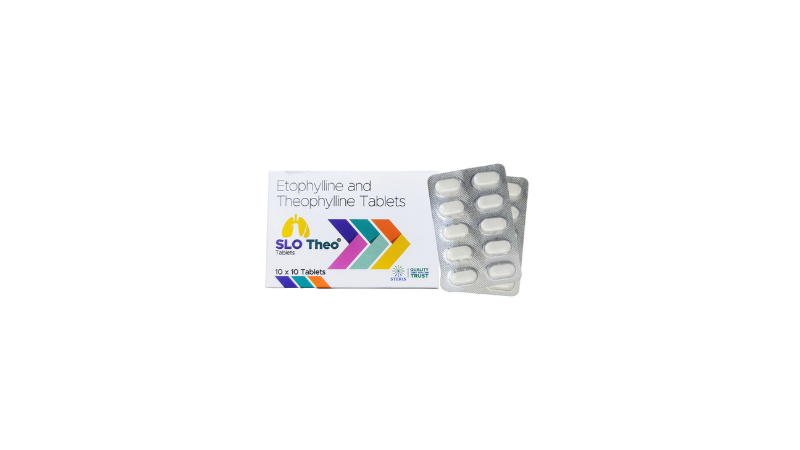Etophylline and Theophylline Tablets Uses, Dosage, Side Effects & More
Sep 03, 2025
If you’re managing a long-term respiratory condition like asthma or chronic bronchitis, your doctor may prescribe etophylline and theophylline tablets to help open your airways and make breathing easier. These tablets combine two powerful bronchodilators — etophylline and theophylline — designed to relax and widen the airways, improving airflow and oxygen delivery to the lungs.
Whether you're experiencing frequent breathlessness, nighttime coughing, or wheezing, etophylline and theophylline tablets can offer sustained relief when taken correctly.
What Are Etophylline and Theophylline Tablets?
These tablets are a combination of:
-
Etophylline: A derivative of theophylline with faster onset of action, helping to relieve acute symptoms quickly.
-
Theophylline: A methylxanthine that works by relaxing bronchial muscles and reducing inflammation, making breathing smoother over time.
Together, they are highly effective in managing:
-
Asthma
-
Chronic Obstructive Pulmonary Disease (COPD)
-
Bronchitis
-
Emphysema
-
Other chronic breathing disorders
Etophylline and Theophylline Tablets Uses
Etophylline and theophylline tablets uses include:
-
Bronchodilation: Helps relax the muscles in the lungs and chest to improve airflow.
-
Prevention of Bronchospasms: Reduces the risk of sudden airway constriction.
-
Symptom Management: Controls coughing, wheezing, and shortness of breath in chronic lung diseases.
-
Enhancing Oxygen Flow: Increases oxygen availability in the lungs during exertion or rest.
This medication is often used in maintenance therapy and is not typically used for immediate relief like rescue inhalers.
Etophylline and Theophylline Tablets When to Take
It’s essential to follow your doctor's guidance when taking these tablets. General recommendations include:
-
After meals to reduce stomach discomfort.
-
At the same time every day for consistent blood levels.
-
Avoid taking with caffeine or other stimulants that may increase side effects.
Etophylline and theophylline tablets when to take should always be discussed with your healthcare provider, especially if you are also using inhalers or other medications.
Etophylline and Theophylline Tablets Dosage
The appropriate etophylline and theophylline tablets dosage depends on several factors:
-
Age and weight
-
Severity of the condition
-
Kidney and liver function
-
Tolerance to methylxanthines
Usually, your doctor may recommend once or twice daily dosing, depending on whether the formulation is sustained-release. Never exceed the prescribed dose, as this can increase the risk of side effects or toxicity.
Etophylline and Theophylline Tablets Side Effects
Like all medications, there can be side effects. Common etophylline and theophylline tablets side effects include:
-
Nausea or vomiting
-
Headache
-
Restlessness or irritability
-
Insomnia
-
Increased heart rate or palpitations
-
Stomach upset or discomfort
Serious side effects like seizures or irregular heartbeat may occur at high doses, especially without medical supervision. Always report unusual symptoms to your doctor immediately.
Frequently Asked Questions
Q: Are etophylline and theophylline tablets a type of steroid?
No, these are bronchodilators, not steroids. They work by relaxing airway muscles to improve breathing.
Q: Can these tablets be used with inhalers?
Yes, they are often used alongside inhalers as part of a comprehensive respiratory management plan. Always consult your physician for safe combinations.
Q: Can children take etophylline and theophylline tablets?
Yes, under strict pediatric supervision. Dosage will vary based on weight and medical history.
Q: How long does it take to feel relief?
Relief may begin within a few hours but full benefit is typically seen with regular use over several days.
Why Choose Steris Healthcare’s SLO THEO TABLETS?
At Steris Healthcare, we are committed to providing affordable, high-quality medications backed by science and innovation. SLO THEO TABLETS stand out due to:
-
Precise formulation for consistent delivery
-
High bioavailability for better absorption and effect
-
WHO-GMP certified manufacturing
-
Trusted by doctors across the country for managing chronic respiratory diseases
Final Thoughts
Etophylline and theophylline tablets are a cornerstone therapy in managing chronic respiratory illnesses. Whether you need to manage asthma symptoms, prevent COPD flare-ups, or reduce breathlessness, this combination provides effective support for long-term lung health.
Always take this medication exactly as prescribed, stay consistent with doses, and report any side effects promptly.
Recent Post
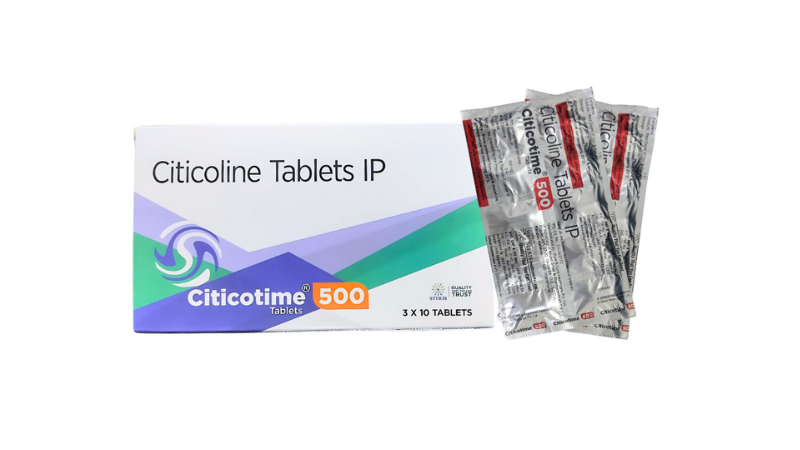
Citicoline 500: Benefits, Uses, and Why Choose CITICOTIME 500 by Steris Healthcare
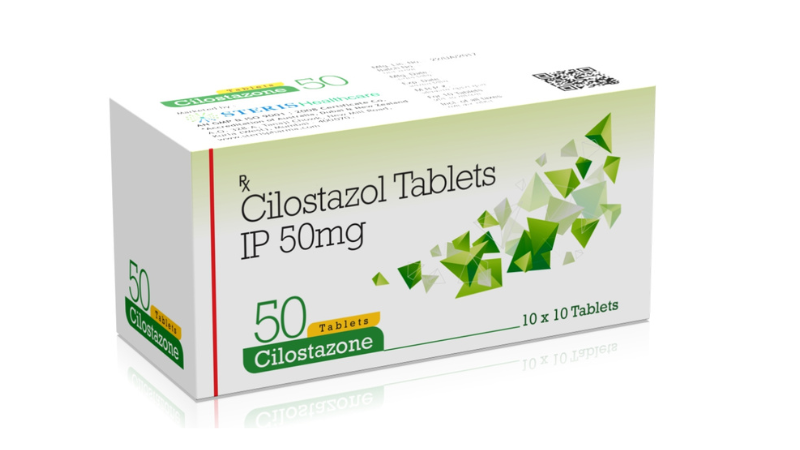
Cilostazol 50: Mechanism, Dosage, Side Effects & Patient FAQs
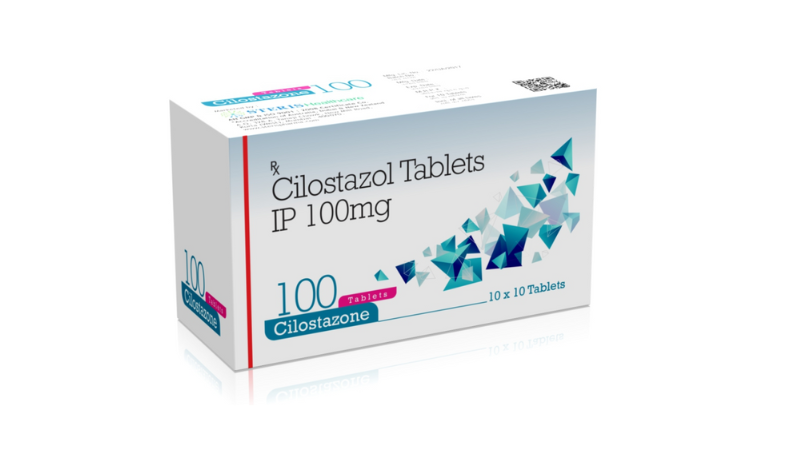
Cilostazol 100 – Complete Guide to Cilostazol 100 mg Tablet
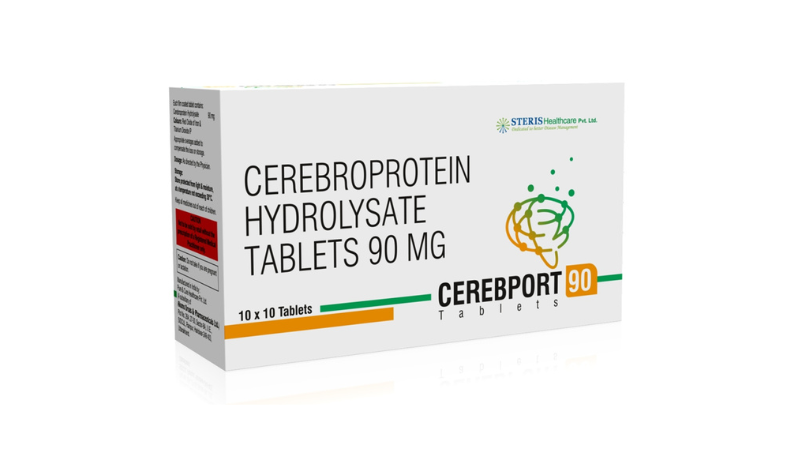
Cerebroprotein Hydrolysate Tablets 90mg: Uses, Dosage, Benefits & Side Effects
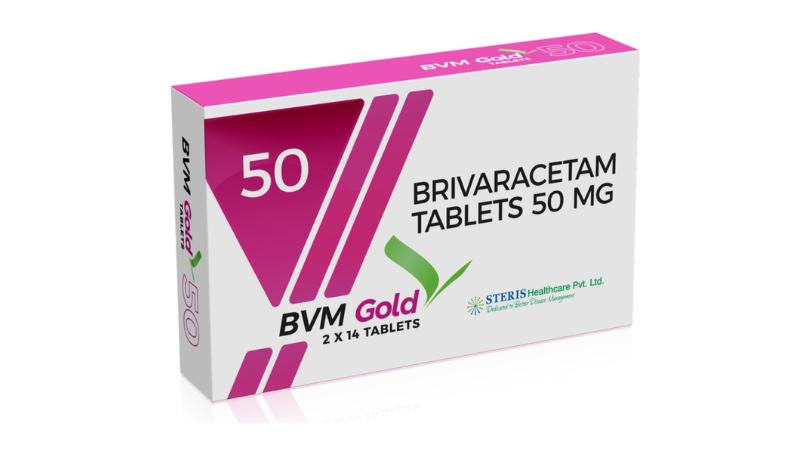
Brivaracetam 50 mg: Mechanism, Dosage, Uses, Side Effects & Patient FAQs

Atomoxetine 10mg : Uses, Dosage, Side Effects & Benefits
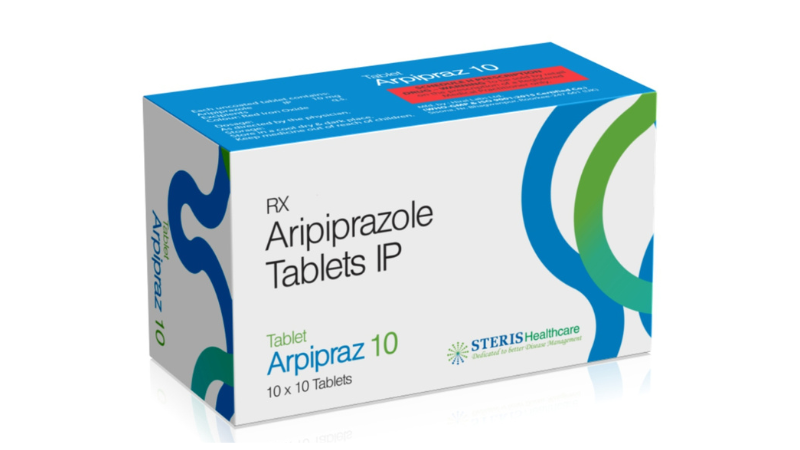
Aripiprazole 10 mg: Uses, Dosage, Side Effects & Benefits
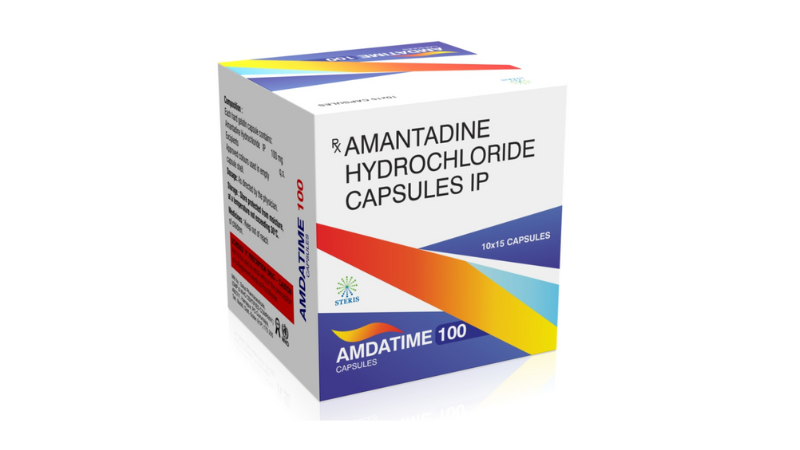
Amantadine 100 mg Capsules | Uses, Structure, Dosage & Side Effects

Acamprosate Calcium Tablets 333 mg Uses, Dosage, Side Effects
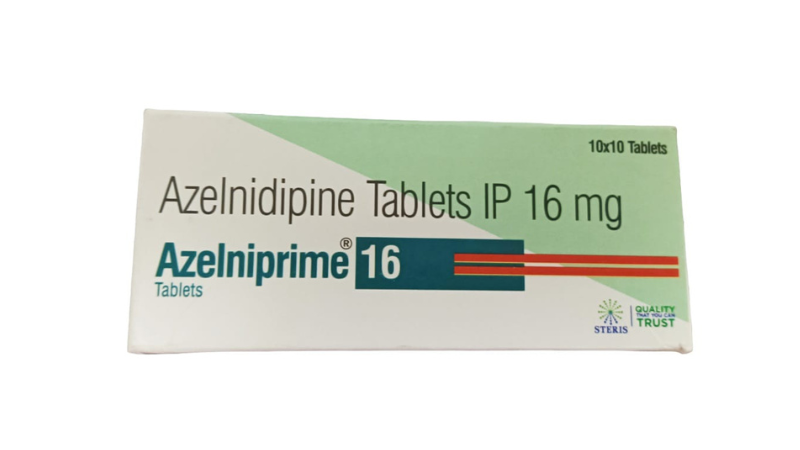
Azelnidipine 16 mg - Uses, Benefits & Side Effects

